I. Introduction
Fluorite wide range of uses, is an important raw material for metallurgy, chemical industry, silicate industry. A fluorite mine in Hebei contains 28.5% of CaF2 and belongs to low-poor fluorite ore. With the depletion of high-quality fluorite deposits and the increase in the price of acid-grade fluorite ore, the use of low-lean fluorite ore to produce metallurgical excipients has begun to attract the attention of production companies. Studies have shown that as the acidified water glass Quartz - fluorite ores inhibitors have significant impurity effect, using a fine grinding and then, a selection of seven flotation process, can be obtained containing CaF 2 97.2%, SiO 2 2.3 % The recovery rate is 75.3% of fluorite concentrate, and the inhibition of acidified water glass is discussed.
Second, concentrate analysis and determination of grinding and flotation process
The original production process was a section of grinding and seven consecutive re-elections, but the production index was not satisfactory: the concentrate grade was 91% and the recovery rate was 70%. The results of analysis of concentrate products show that the mineral composition is simple, the main minerals are fluorite and quartz, and there are also a small amount of calcite . The fluorite is agglomerated and finely veined and is symbiotic with quartz.
The results of energy spectrum analysis show that the concentrate contains a small amount of elements such as O, Si and Al in addition to elements such as Ca and F, as shown in Fig. 1. Different shapes of particles are inlaid with each other, fluorite is associated with quartz, distributed between 0.030 and 0.12 mm, and the maximum particle size is up to 0.4 mm; most quartz has a particle size distribution of 0.040 to 0.2 mm. The quartz produced in the form of a monomer is less, and the fluorite particles present in the quartz gap are micron-sized fluorite minerals having a particle size of mainly 2.0 to 6.0 μm. Quartz is white, crystal is complete, various shapes, smooth and flat surface, is a mineral closely embedded with fluorite.

Figure 1 X-ray spectrum of fluorite concentrate
Figures 2 and 3 represent typical output characteristics of important minerals in the concentrate. It can be seen from the figure that most of the quartz is produced in the form of continuous organisms, and the grain size of the organism is medium. Most quartz can achieve monomer dissociation under fine grinding conditions; other impurities have low gangue content, except for feldspar , mica. , apatite often output as a monomer, its content is not high, the impact on concentrate grade is secondary.

Figure 2 Output characteristics of fluorite, quartz and apatite in concentrate
Backscattered electron image (magnification 100 times)
1,4,5-quartz energy spectrum; 2,6-fluorite energy spectrum; 3-apatite energy spectrum

Figure 3 Output characteristics of fluorite, quartz and feldspar in concentrate
Backscattered electron image (magnification 300 times)
1,4,5-quartz energy spectrum; 2,6-fluorite energy spectrum; 3-feldspar energy spectrum
Quartz minerals are produced in the form of continuous organisms, followed by gangue minerals such as feldspar, mica and apatite. From the perspective of the output characteristics of impurity minerals, the main way to improve the concentrate grade is to further finely grind to improve the dissociation effect of impurity minerals, and then explore ways to improve the separation effect of fluorite and impurity minerals.
Third, the selection of selected inhibitors
From the chemical composition of the ore sample, this is a typical fluorite-quartz type ore. Due to the low grade of raw ore and high mud content, the amount of inhibitor required is large. To obtain a qualified product, a highly selective and selective gangue inhibitor must be used. In the test, organic or inorganic gangue inhibitors such as water glass, alum, carboxymethyl cellulose, dextrin, sodium hexametaphosphate and sodium chloride were investigated, and no ideal sorting index was obtained. Adding acidified water glass can obtain satisfactory results, has strong selective inhibition on silica, and has strong brittle defoaming effect due to acidity, which helps to improve the characteristics of foam and strengthen foam. The secondary enrichment effect is extremely beneficial to the selection and removal of impurities.
(1) Effect of acidified water glass on concentrate recovery rate and concentrate quality
Figure 4 shows the results of the test for the amount of acidified water glass. The acidified water glass is used as an inhibitor. When the dosage is 300-400g/t, the CaF 2 recovery rate and the concentrate grade are 70% and 97.8%, respectively. When the acidified water glass dosage is 600g/t, although the concentrate grade has some Increased, but the concentrate recovery rate dropped sharply and the recovery rate was too large. When the amount of water glass is less than 100g/t, the concentrate grade is too low. At this time, when the ordinary water glass is used, only 80% recovery rate can be achieved, and the concentrate grade is 94%, which indicates that the effect of the acidified water glass on the selective inhibition is more obvious than that of the ordinary water glass.

Fig. 4 Effect of acidified water glass on concentrate recovery rate and concentrate quality
(II) Discussion on the mechanism of acidified water glass
1. Change the pH of the flotation medium
As the amount of acidified water glass increases, the pH of the medium gradually shifts to the acidic direction; when the amount of water glass increases, the pH of the medium moves toward the alkaline direction.
For water glass, hydrolysis occurs in water to make the solution alkaline:

Studies have shown that H 2 SiO 3 exists mainly in the form of colloidal particles in an acidic medium. Therefore, the main inhibitory effect of acidified water glass in the medium is H 2 SiO 3 colloidal particles, and the SiO 2 is removed from the electric double layer of the colloidal particles. In addition to the 3 anions, there are also SO 2 - 4 anions, and the possible colloidal structure is {(SiO 2 ·yH 2 O)m·n(SiO 2 - 3 , SO 2 - 4 )·2(n-x)H + } 2X - , thereby enhancing the hydrophilicity of the micelles. H 2 SiO 3 colloidal particles will preferentially adsorb on the surface of SiO 2 minerals, resulting in characteristic adsorption, which has been confirmed by a large number of experimental studies [2] . Therefore, the acidified water glass has a strong selective inhibition effect on SiO 2 . When the amount of acidified water glass is too large, the excess H 2 SiO 3 colloidal particles will also hinder the adsorption of the collector on the surface of the fluorite, which has a strong inhibitory effect on the fluorite, but the selective inhibition of SiO can be achieved by controlling the amount. The purpose of 2 .
Water glass is mainly present in the form of HSiO - 3 in a weakly alkaline medium. When the amount is large, the inhibition of fluorite is enhanced by the electrical action (the surface of the fluorite in the weakly alkaline medium is positively charged), so its selective inhibition The effect is poor.
2. Acid deactivation
There are generally water Ca + 2, and other metal ions of Mg + 2, also in the process of grinding the surface of the fluorite Ca + 2 ions will dissociate and a small amount adhered to the surface of the quartz. Fuerstenan [3] studied the adsorption state of various metal ions on the surface of quartz. It shows that metal ions are adsorbed on the surface of quartz by hydrogen bonding and dehydration bonding, and adsorption occurs in metal ions to form first basic complex ions ( In the pH range such as Ca 2 OH + , CuOH + , etc.). The adsorption of metal cations changes the electrical properties of the quartz surface, from the negatively charged surface to the local positive charge, and the active site metal cations. Therefore, when flotation is carried out using fatty acid as a collector, the quartz will float due to activation.
The pH values ​​of the common metal ions such as Ca 2 + , Mg 2 + and Mn 2 + in the water to form the first basic complex ions are in the range of weakly alkaline and alkaline, and thus the activation of quartz is also mainly in the pH range. In an acidic medium, metal ions such as Ca 2 + , Mg 2 + , and Mn 2 + cannot form a first basic complex ion, thereby preventing the quartz from being activated. The activation test results for quartz pure minerals plus metal salts confirm this. When the quartz is floated in distilled water, it does not float substantially in the pH range of the test, and is slightly carried in the alkaline medium due to the stickiness of the foam. When Mg 2 + and Mn 2 + metal ions are added, the quartz is activated and floated up, and the pH range of the activation is different, but in the weakly alkaline and alkaline medium, the quartz does not float in the acidic medium.
When using acidified water glass as inhibitor, the medium pH became weakly acidic, and therefore will not be quartz metal ions present in water, especially a large number of pulp activated Ca 2 +, thus reinforcing the inhibiting effect of SiO 2. When water glass is used as an inhibitor, the pH of the medium moves to the alkaline direction, and the quartz is activated by Ca 2 + and other metal ions in the slurry, thereby weakening the effect of suppressing SiO 2 .
3. Improve the foam characteristics of flotation
Acidified water glass has a strong defoaming effect. The defoaming time decays more rapidly with the increase of the dosage, and the process is brittle defoaming. It is well known that fatty acid collectors are foamy and sticky in alkaline and weakly alkaline media, and are easy to entrain gangue. The brittle defoaming effect of acidified water glass helps to improve the characteristics of foam and strengthen the secondary richness of foam. The role of the collection is extremely beneficial to the selection of impurities.
Fourth, the conclusion
Acidified water glass has a strong selective inhibition effect on fluorite-quartz type ore, has enhanced inhibition on quartz, and has defoaming effect, which can effectively improve flotation foam characteristics, by using a fine re-grinding, seven In the secondary flotation process, a fluorite concentrate containing 97.2% CaF 2 , 2.3% SiO 2 and a recovery rate of 75.3% was obtained.
references
. [1] Lu Shouci flotation theory and technology [M] Wuhan: Wuhan Iron Steel Institute Press, 1983.
[2] Zhou Xiangliang. Application of concentrated sulfuric acid in flotation of fluorite [J]. Non-metallic minerals, 2002 (2): 12 ~ 15.
[3] Sun Jiashou et al. Production process of activated silicic acid [J]. Chemical World, 1995 (12).
[4] Wang Dianzuo. Principle and application of flotation agent [M]. Beijing: Metallurgical Industry Press, 1981.
[5] Yang Meijin. Research on Silicon Flotation Process of Yingshi Mine[J]. 金属金属,2002 (1) : 10~14.
Solvent Recovery Machine is the use of distillation principle: by heating the organic solvent is heated to the solvent boiling point into gas, steam into the cooling system after condensation liquefaction, collect, so that recycling to clean and new organic solvent.
Our Calstar Professional product Solvent Recovery Machine 22 years, Solvent recovery machine serise include Explosion Proof Solvent Recovery Machine,Water Cooled Solvent Recovery Machine ,Air Cooled Solvent Recovery Machine,Full Automatic Solvent Recovery Machine, Freon Solvent Recovery Machine ;
Applied to painting,Ink,Hardware manufacturing,Car manufacturer,Sports Equipment,electronic product,biomedicine,drug,Mold manufacturing,printing,Bicycle manufacturing,Motorcycle manufacturing,Footwear manufacturing,LED manufacturing, FRP manufacturing,Tape manufacturing,Ceramic capacitors and Electrical products;
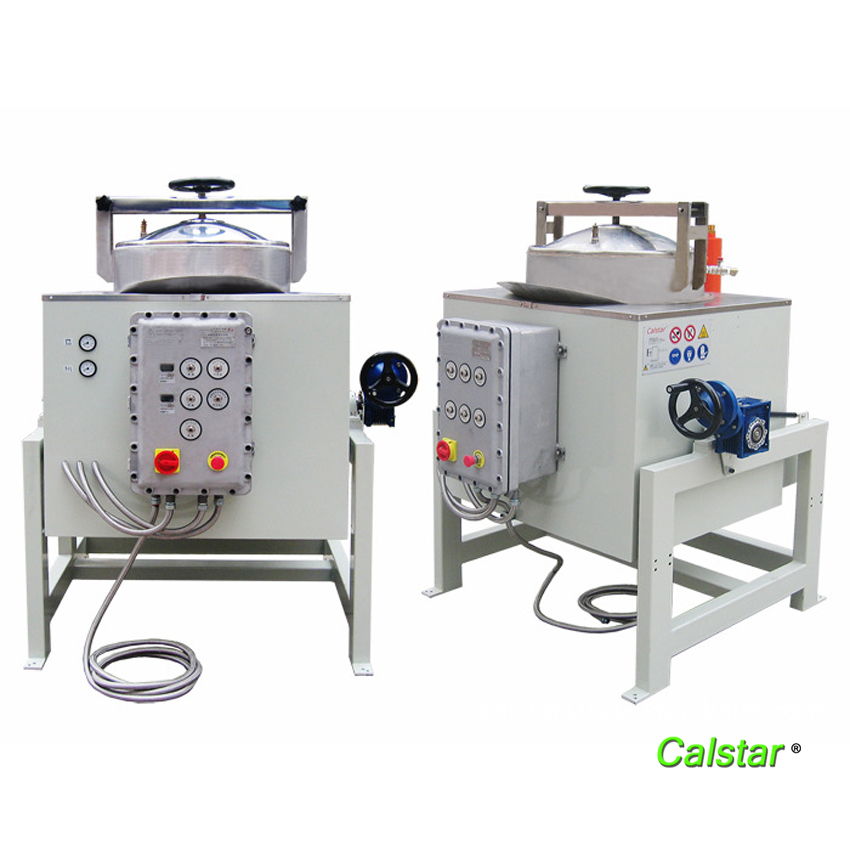
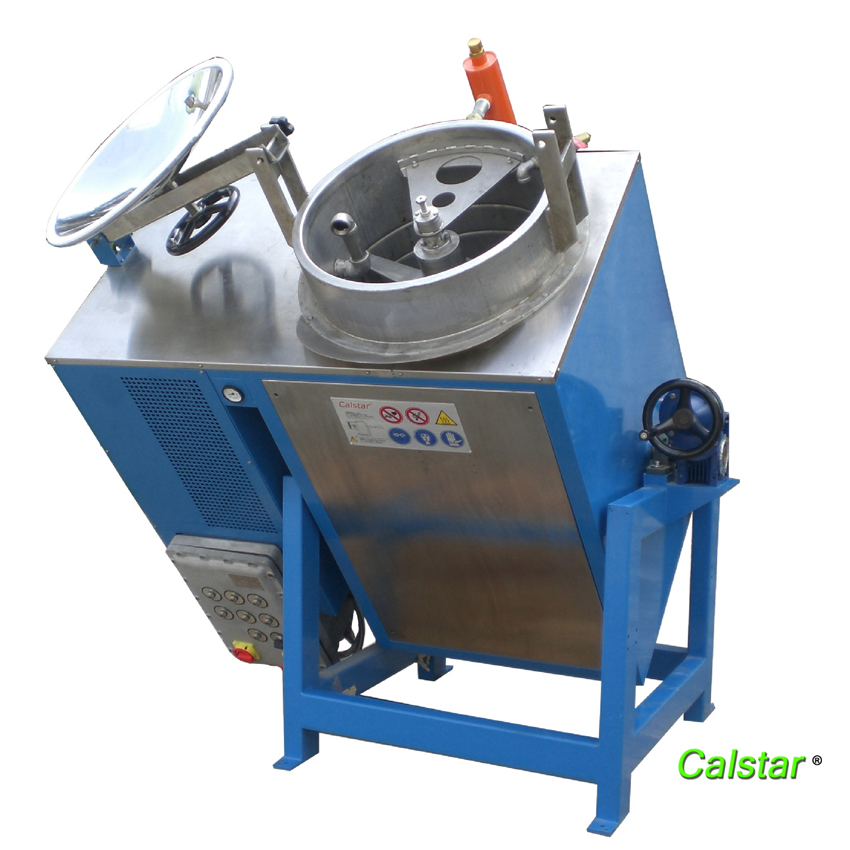
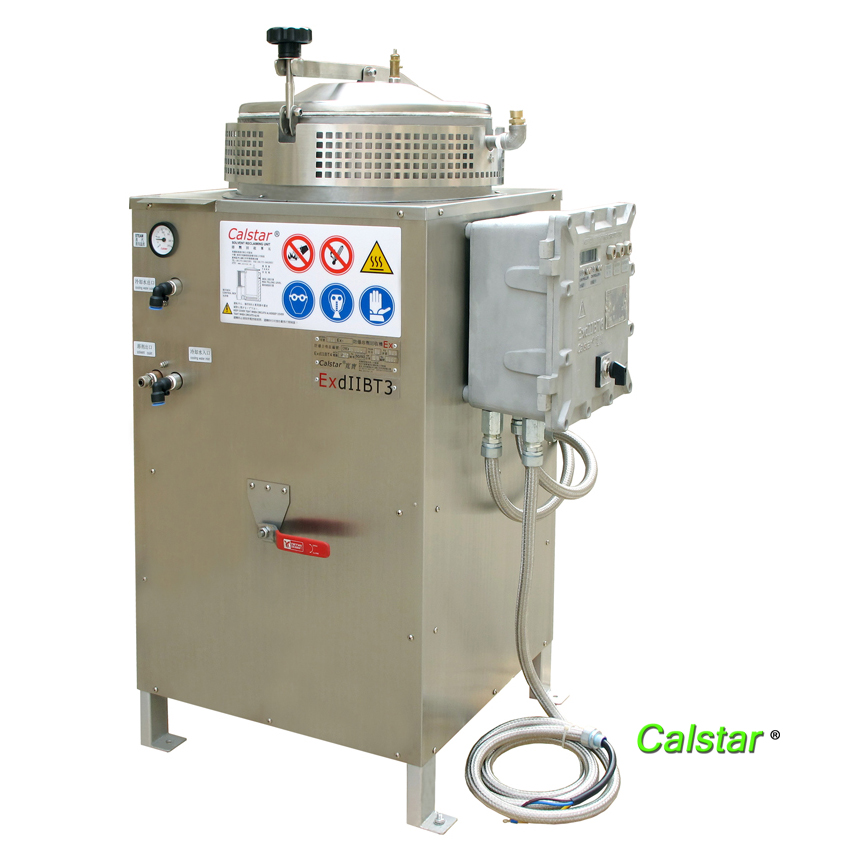
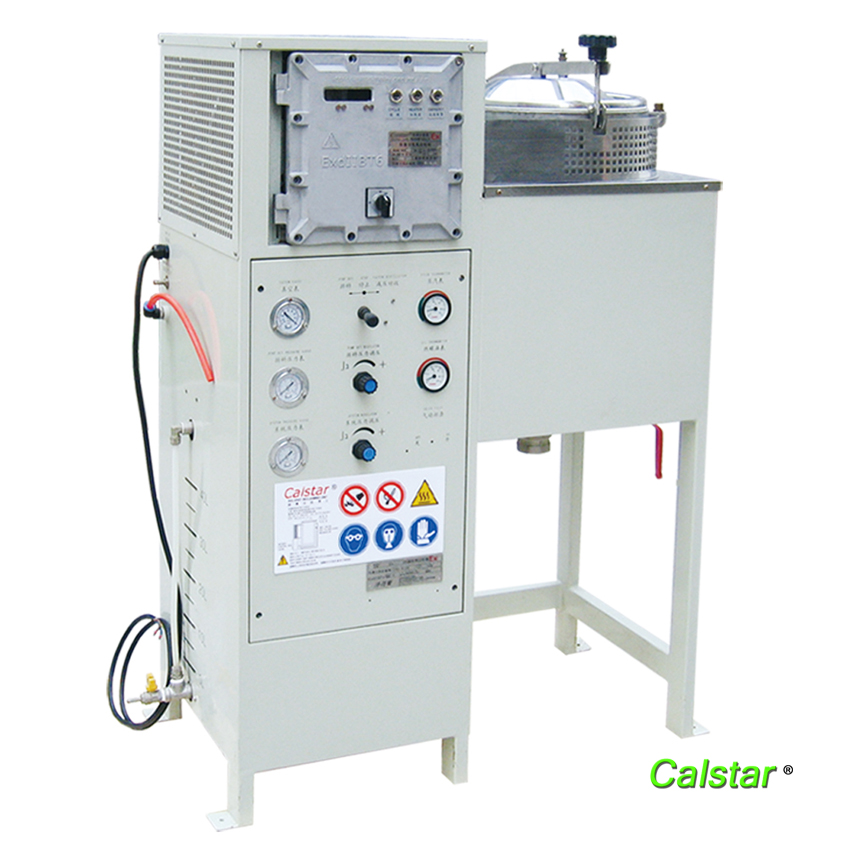
Waste organic solvents into the tank, after heating, indirect heating, stainless steel tank of heat conducting oil, by heat conduction will waste liquid is heated to the boiling point temperature, waste solvent turns to steam, condenser will be steam condensation isliquid, the collection and recycling of liquid. Will be recovered after the clean cleaning agent, recycling and then benefit. The use of solvent recovery machine can save 95% procurement costs, but also to reduce the pollution of the environment. Calstar® solvent recovery machine in 2003 through the China Certification Center certification, made China's first solvent recovery machine explosion-proof certificate.

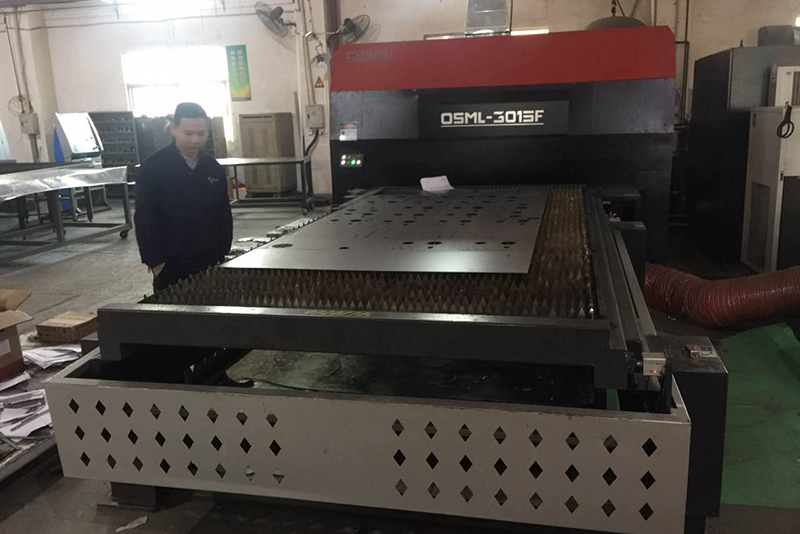

calstar® Solvent Recycling Systems
calstar® Solvent Recycling Systems offers a better way of dealing with organic waste chemicals :
calstar® Solvent Recycling is zhe point and the importment thing is people who made it. Calstar® Solvent Recycling is old brand on the market.
1. One more efficient way to acquire clean chemicals;
2. One better way to cut down purchase chemicals;
3. One better way to deal with organic waste chemicals ;
4. One better way to preserve the world of resources.
Calstar® Solvent Recovery Machine brand: Full Automatic Solvent Recovery Machine Air Cooled Solvent Recovery Machine/Water Cooled Solvent Recovery Machine / Explosion Proof Solvent Recovery Machine
Solvent Recovery Machine
Solvent Recovery Machine,Solvent Recovery Systems,Solvent Recycling Equipment,Solvent Recycling Machine,Solvent Recovery Distillation Units
SHENZHEN KUANBAO ENVIRONMENTAL EQUIPMENT CO., LTD , https://www.calstarkb.com